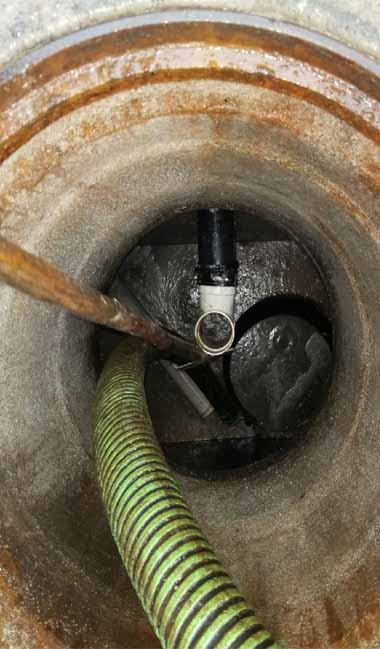Anaheim Grease Trap Cleaning
Grease Trap Cleaning | Grease Interceptor Pumping | Used Cooking Oil Collection

The city of Anaheim mandates that all commercial kitchens have a device that will prevent FOGS waste release, known as a grease trap or grease interceptor. Commercial kitchens must maintain their FOGS level at 25% or less to comply with industrial waste. Excessive grease and food solids levels inside the device can lead to contamination of sewer lines, causing backup and overflow.
FOGS Control
Grease traps and grease interceptors are known as the heart of the kitchen. It must regularly be maintained and cleaned to keep it from causing any unwanted plumbing problems.
Is My Grease Trap Full?
A GREASE TRAP or GREASE INTERCEPTOR is full when the Fats, Oils, Grease, and Solids content exceed 25%. These devices become inefficient when exceeding the maximum allowable FOGS and wastewater ratio, causing the plumbing to back up, slow drain, or overflow. Without a proper preventative maintenance plan in place, you jeopardize the drainage system making it vulnerable to back-up and overflow, creating a hazardous environment on the premises.
- Grease Trap Cleaning
- Grease Interceptor Cleaning
- Hydro Jet Plumbing
- Used Cooking Oil Collection
- Clarifier & Ejector Pit Cleaning
- Grease Trap Repair
- Grease Interceptor Repair
- Plumbing Repair
Anaheim Restaurant Specialist
Grease Traps & Grease Interceptors
There are two types of FOGS control device that a food servicing establishment will have; a grease trap or a grease interceptor. Both apparatus's purpose is to prevent the majority of fats, oils, grease, and solid waste from entering the sewer system that coagulates the sewer system. The main difference between the two is the sizing: a grease trap is less than 250 gallons, and grease interceptors are 250 gallons and above. Both units connect to the plumbing system designed to gravity settle FOGS waste originating from the kitchen.
Furthermore, the city requires that all waste cooking oil and grease from fryers are hauled and removed by a licensed IKG hauler. In no event that oils from fryers should be put down the drain as a way of disposal. FSE's must acquire an equipped and licensed company to pick up the cooking grease to dispose and process the waste oils properly.
If you are looking for a company that can assist you with your commercial grease management and plumbing requirements, you have come to the right place. We work with highly qualified grease and plumbing specialists that will deliver superb service quality.
Purpose of Fats, Oils, Grease, & Solid Devices
A grease trap or grease interceptor is a separator fats, oils, grease, and food solid waste preventing it from entering the sewer lines causing it to clog and overflow. It's a plumbing unit that is mandatory for all food servicing establishments to have to treat the waste liquids and solids from the commercial kitchens.
The city of Anaheim requires all food servicing establishments to maintain their grease traps and grease interceptors regularly.
A grease trap or a grease interceptor is a plumbing device that stops most fats, oils, grease, and solids, also known as FOGS waste, from entering the city sewer system. Massive quantities of fats, oils, grease, and solids debris from commercial kitchens such as restaurants, bars, food manufacturers, etc., can overwhelm the city sewer lines causing a hazardous overflow. Mainly all liquids going into the drains inside the kitchen enters the grease gravity device. To reduce the amount of grease and solids entering the trapper, scrape off all debris from the dishes, cooking utensils, pots, pans, etc., before placing it in the dishwasher or sink. Furthermore, cooking oil from deep fryers should never be poured down the drain; instead, be placed in a cooking oil recycling bin. With best management practice, it will help prevent plumbing issues from emerging.



 Grease traps are significanty smaller than grease interceptors. For this reason, grease traps are less productive and can reach 25% F.O.G.S. content faster than a grease interceptor.
Grease traps are significanty smaller than grease interceptors. For this reason, grease traps are less productive and can reach 25% F.O.G.S. content faster than a grease interceptor. 

 Large grease interceptors require more generous space for this reason; they are set outdoors, typically in the parking area. Unlike grease traps, these devices can go longer cleaning service intervals, from three to four months.
Large grease interceptors require more generous space for this reason; they are set outdoors, typically in the parking area. Unlike grease traps, these devices can go longer cleaning service intervals, from three to four months. 
